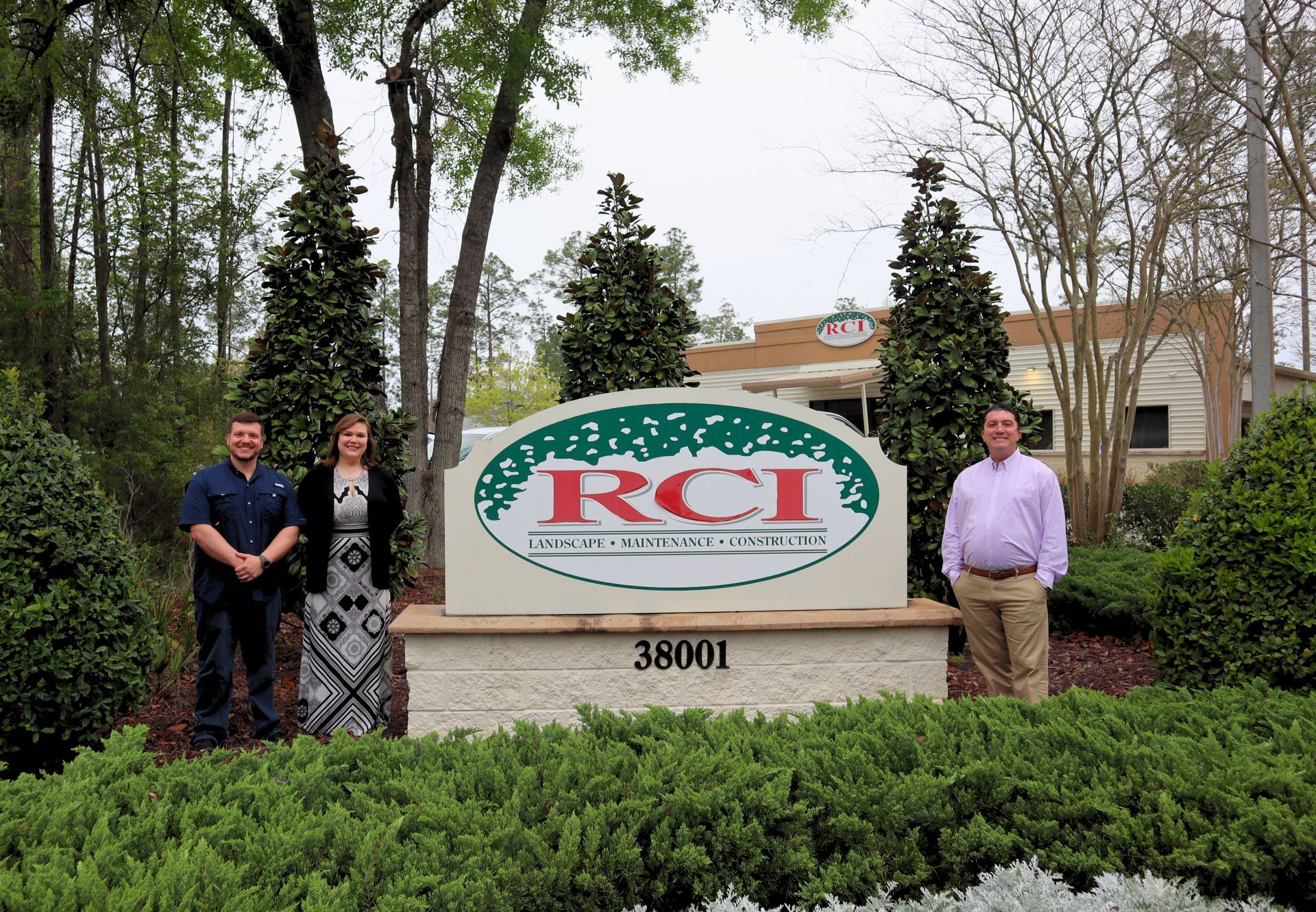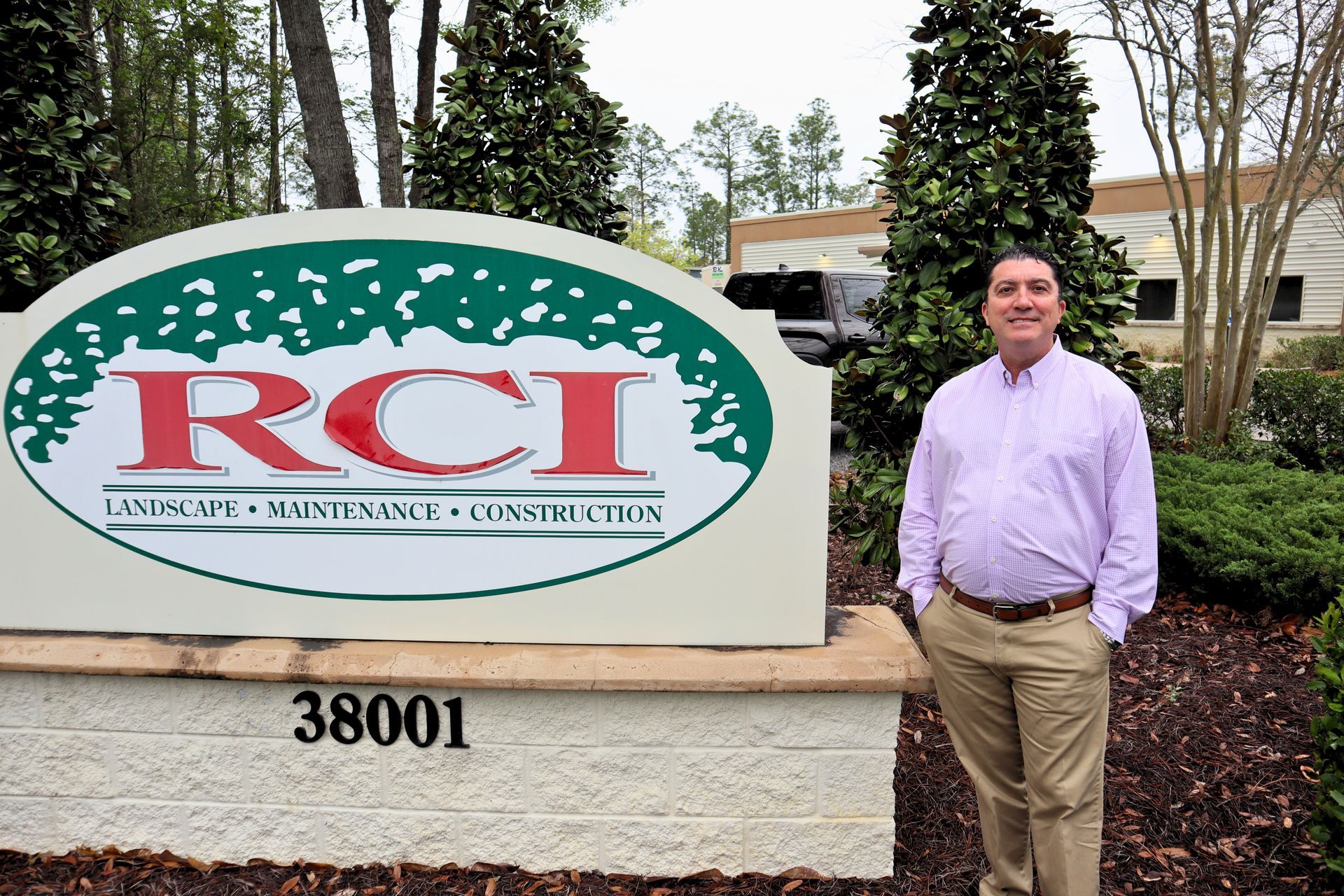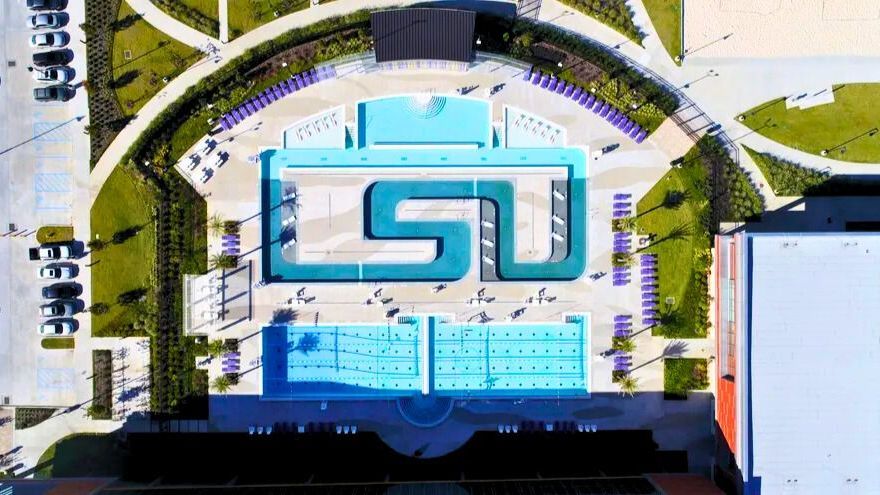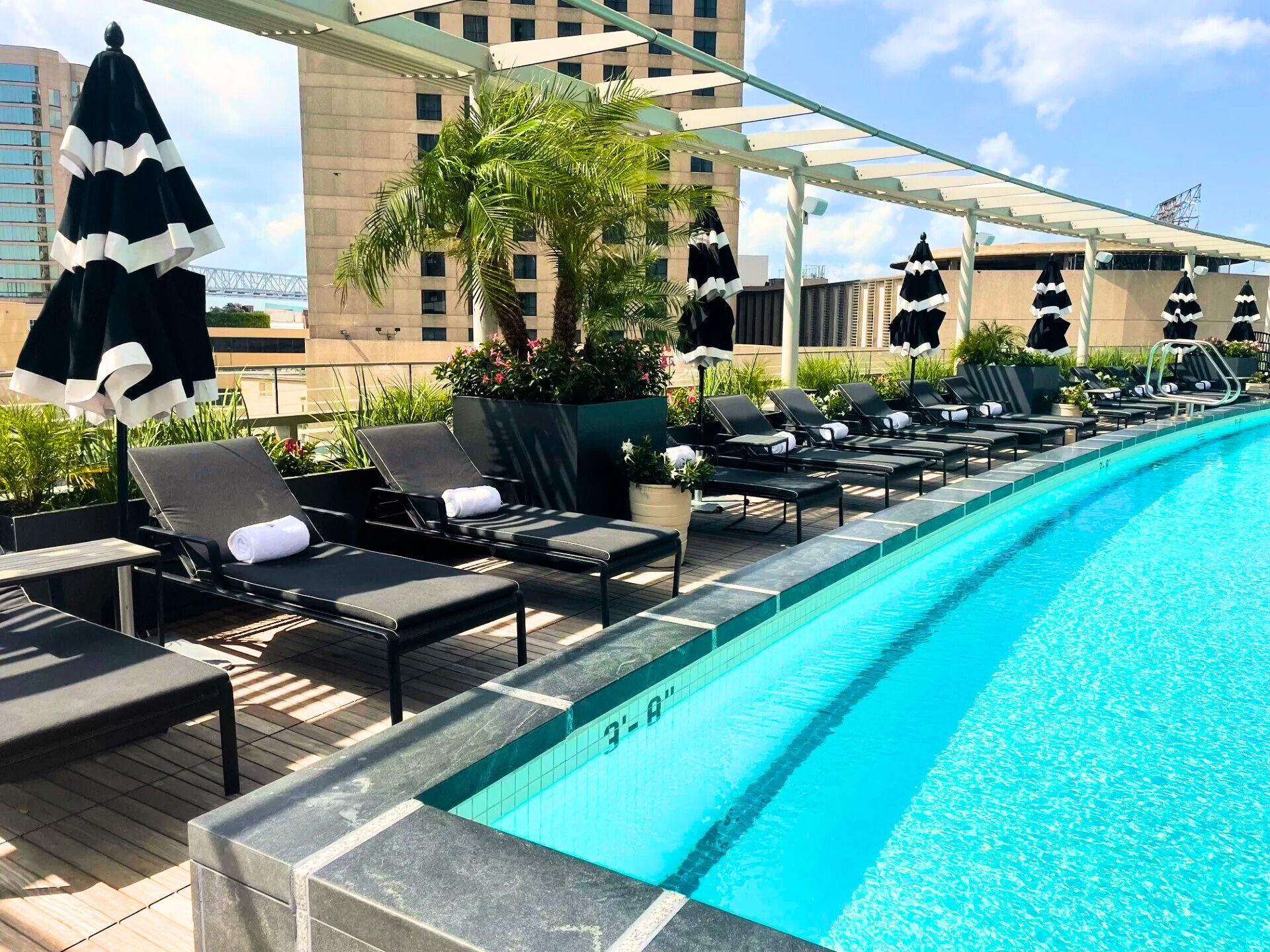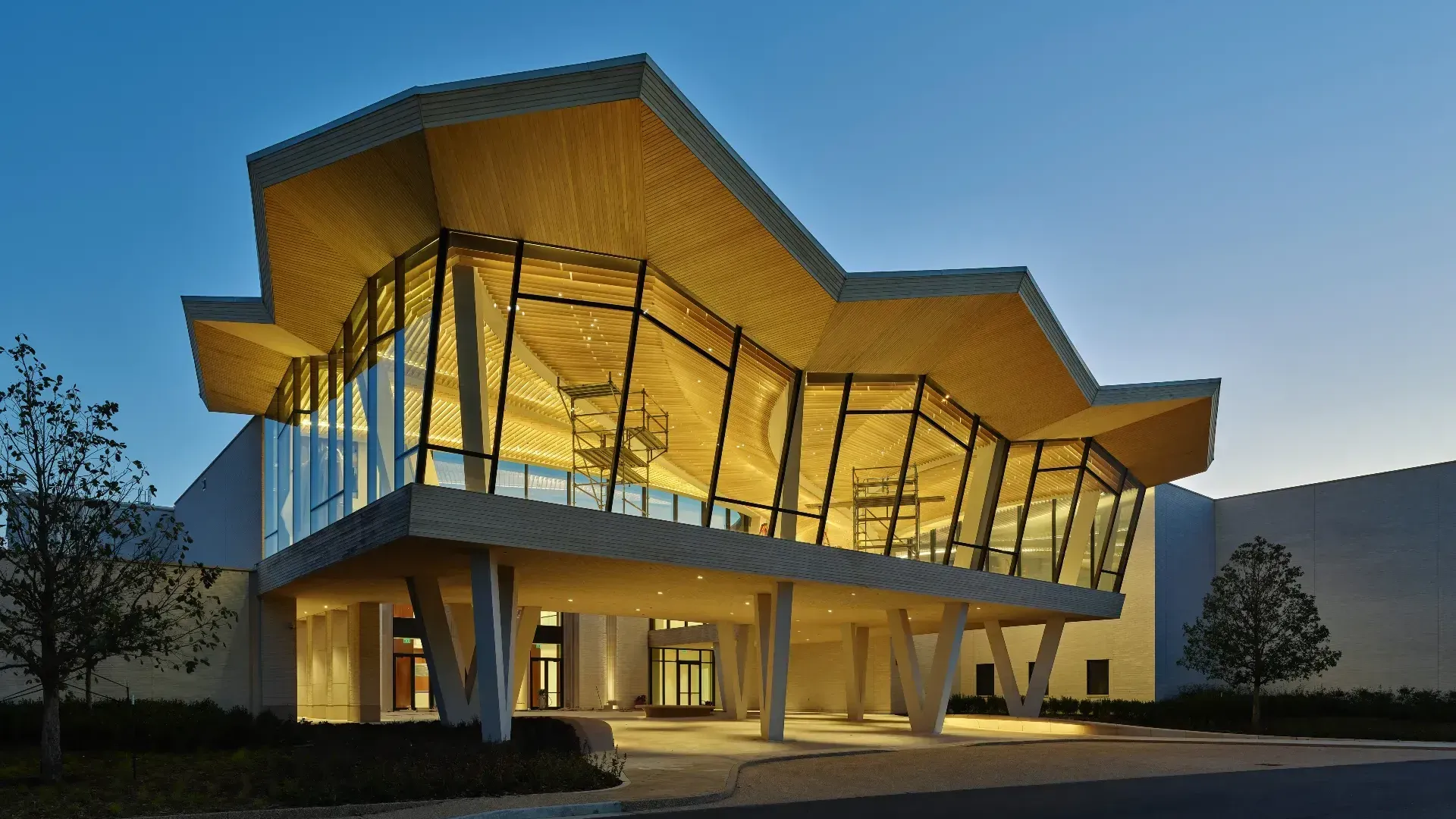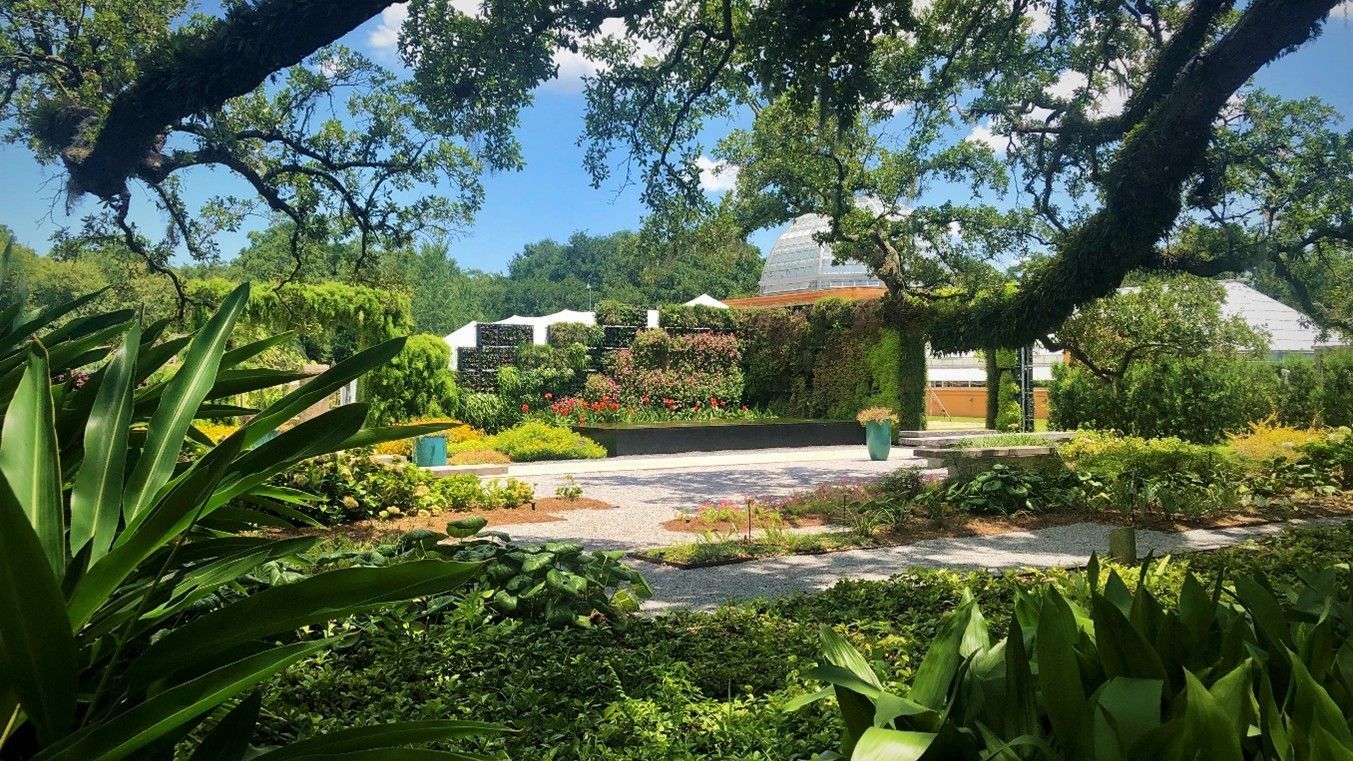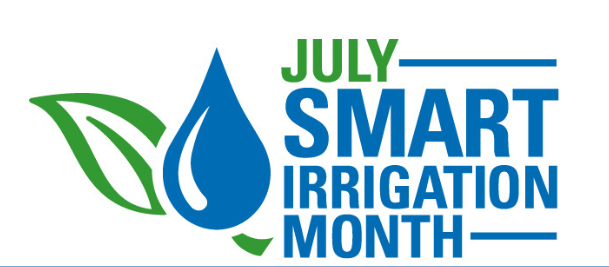Get to Know Your RCI Landscape Designers: Manny Lopez and Allen Worthington
At RCI, our landscape designers bring more than just technical skills to the table—they bring passion, creativity, and a deep respect for the environments they shape. Two of our talented designers, Manny Lopez and Allen Worthington, took time to share their journey into landscape architecture, what inspires them, and how they approach creating impactful outdoor spaces. Here's a closer look at the minds behind the designs.

1. What first inspired you to pursue a career in landscape design?
For Manny Lopez, landscape design was a natural path. "I spent most of my life assisting my father in his landscaping business," he shares. With a love for drawing and problem-solving, Manny saw landscape architecture as the perfect blend of art and math—a way to turn ideas into tangible spaces. Allen Worthington found his path while weighing options between architecture and landscape architecture. “I chose landscape architecture because it combines aspects of critical thinking, problem solving, art, science, and, distinguishably, nature.” The multidisciplinary nature of the field is what drew him in.
2. What sources do you turn to for creative inspiration?
Manny finds inspiration in the everyday—from walking through local parks and UGA’s Founders Memorial Garden, to browsing Pinterest, watching films, or simply assisting his father. He’s constantly absorbing ideas from his surroundings and the people around him. Allen’s inspiration comes from observing built environments and identifying needs for improvement in daily life. His creativity is sparked by practical challenges that call for thoughtful solutions.
3. What roles do sustainability and native plants play in your designs?
Both designers place strong emphasis on sustainability. Manny explains, “We often use native plants, create water-efficient beds, and use eco-friendly materials to create spaces that are both beautiful and environmentally responsible.” Allen agrees, noting that sustainability and endemic qualities are key to a project’s long-term success and appropriateness. It’s a philosophy baked into their process—not just an aesthetic choice, but a commitment to responsible design.
4. What has been your favorite project at RCI so far, and why?
For Manny, it’s the Edgewater Condominiums in Panama City Beach, Florida. “I learned so much about tropical planting, drainage, hardscape, and working within a budget,” he says. It was a hands-on experience that deepened his understanding of design-build execution. Allen points to the Samsung semiconductor facility in Taylor, Texas as a major milestone. The scale and complexity of the project offered valuable insight into construction methods and helped him grow as a designer.
5. Can you walk us through your process when starting a new project?
Manny starts by reviewing codes and client guidelines, studying site photos and aerials to develop tailored planting palettes. His process is rooted in understanding both the technical requirements and the client’s vision. Allen embraces constraints as part of the creative process. “Hand-to-paper seems to be the only way for me to corral all the overwhelming potential which a new site presents,” he says. This tactile approach helps him navigate early concepts before moving into digital workflows.
6. How do you balance creativity with practicality in large-scale commercial jobs?
Both designers recognize that budget is a defining factor. Manny notes, “I can go elaborate with a budget-friendly palette or make a tight budget feel vibrant and full of life. It’s about creating holistic solutions that are still cost-effective.” Allen echoes this sentiment: “Usually, budget dictates practicality. Creativity is only limited by the client’s preferences for the design solutions presented.”
7. What makes a great relationship between a designer and a client?
According to Manny, it all comes down to communication and integrity. “When a designer has excellent communication skills, they can gain trust, loyalty, and ultimately deliver results that meet expectations.” Allen believes that genuine listening and empathy are essential. “Being able to relate is a skill which I can always improve on,” he says.
8. What do you love most about working in this field?
Manny is driven by learning and collaboration. “I love working with people I can rely on for feedback and support. Every new project is a chance to grow.” Allen thrives on the variety of challenges that landscape design presents. No two sites or clients are the same—and that keeps the work fresh and exciting.
9. How do you continue growing your skills and staying inspired?
Manny stays sharp by listening to mentors, following industry trends, and attending webinars. He’s currently expanding his knowledge of southeastern plant species and new technologies in the field. Allen focuses on staying deliberately curious, training himself to see his surroundings differently and ask new questions. It’s this mindset that keeps him learning and evolving as a designer.
10. What sets RCI apart in the landscape industry from a designer’s perspective?
For both designers, it’s RCI’s design-build model and commitment to excellence. “We meet deadlines, care for our clients, and bring projects to life efficiently,” Manny says. “Even the small enhancements are rewarding to see take shape.” Allen adds, “The volume, pace, and self-performing nature of RCI’s work, combined with a dedication to growth and quality, is the perfect environment for a motivated designer.”
At RCI, our designers are more than just creative professionals—they're problem-solvers, collaborators, and learners. Whether it's crafting tropical planting plans in Florida or navigating the complexities of a major industrial site in Texas, Manny Lopez and Allen Worthington represent the passion and precision that define RCI’s approach to landscape design.
Stay tuned as we continue to spotlight the people who bring your outdoor spaces to life.


